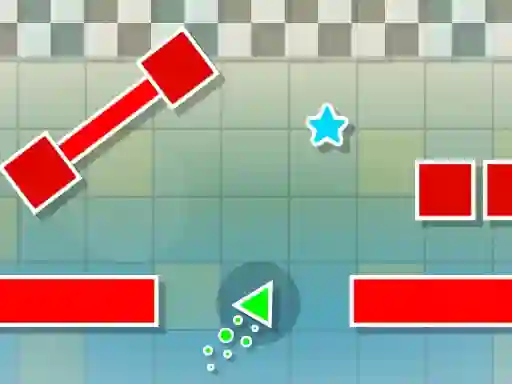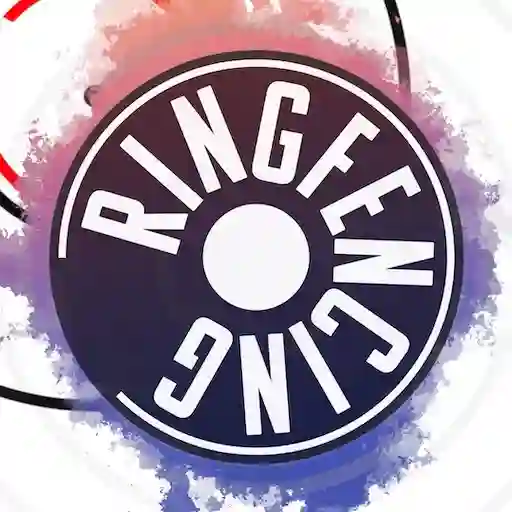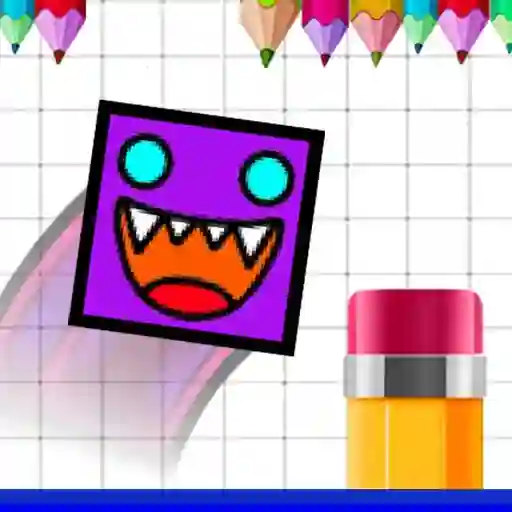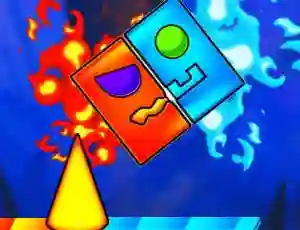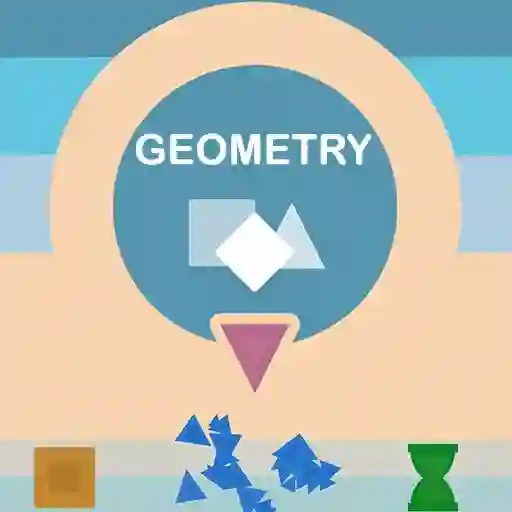Geometry Games
What is Geometry games?
Geometry games are a category of platformer games that focus on precision jumping, rhythm-based gameplay, and colorful, minimalist visuals. These games often feature challenging obstacle courses that require players to time their movements perfectly to avoid death. Geometry games are known for their fast-paced action, addictive gameplay, and unique soundtracks that sync with the gameplay rhythm. Players control a geometric shape (often a cube or square) as they navigate through levels filled with spikes, lasers, traps, and other hazards.
Key features of Geometry games include:
• Precision platforming: Players must time jumps perfectly to avoid obstacles. • Rhythm-based gameplay: Levels are often timed to music or beats. • Colorful visuals: Bright, vibrant colors and minimalist designs. • Challenging difficulty: Levels often require multiple attempts to complete. • Customization: Players can unlock different shapes, colors, or trails for their character. • LevelProgression: Levels increase in difficulty as players progress.
To play:
- Start by pressing the spacebar or designated key to jump.
- Time your jumps to avoid hitting spikes, lasers, or other obstacles.
- Sync your movements with the rhythm of the music or in-game beats.
- Collect coins or complete level objectives to unlock rewards.
- Repeat levels to improve your score or achieve a flawless run.
Frequently Asked Questions
What makes Geometry games challenging?
Geometry games are challenging due to their precision-based gameplay, where even a slight miscalculation in timing can lead to failure. The games also feature increasing difficulty, with levels introducing new obstacles and faster-paced challenges as players progress.
How do I get better at Geometry games?
To improve, players should focus on practicing timing, memorizing level layouts, and developing muscle memory. Watching replays of successful runs and learning from failures can also help players refine their skills.
Do Geometry games have a storyline?
Geometry games typically do not have a storyline. They focus more on gameplay mechanics, challenge, and rhythm-based experiences rather than narrative. The emphasis is on completing levels and achieving high scores.


